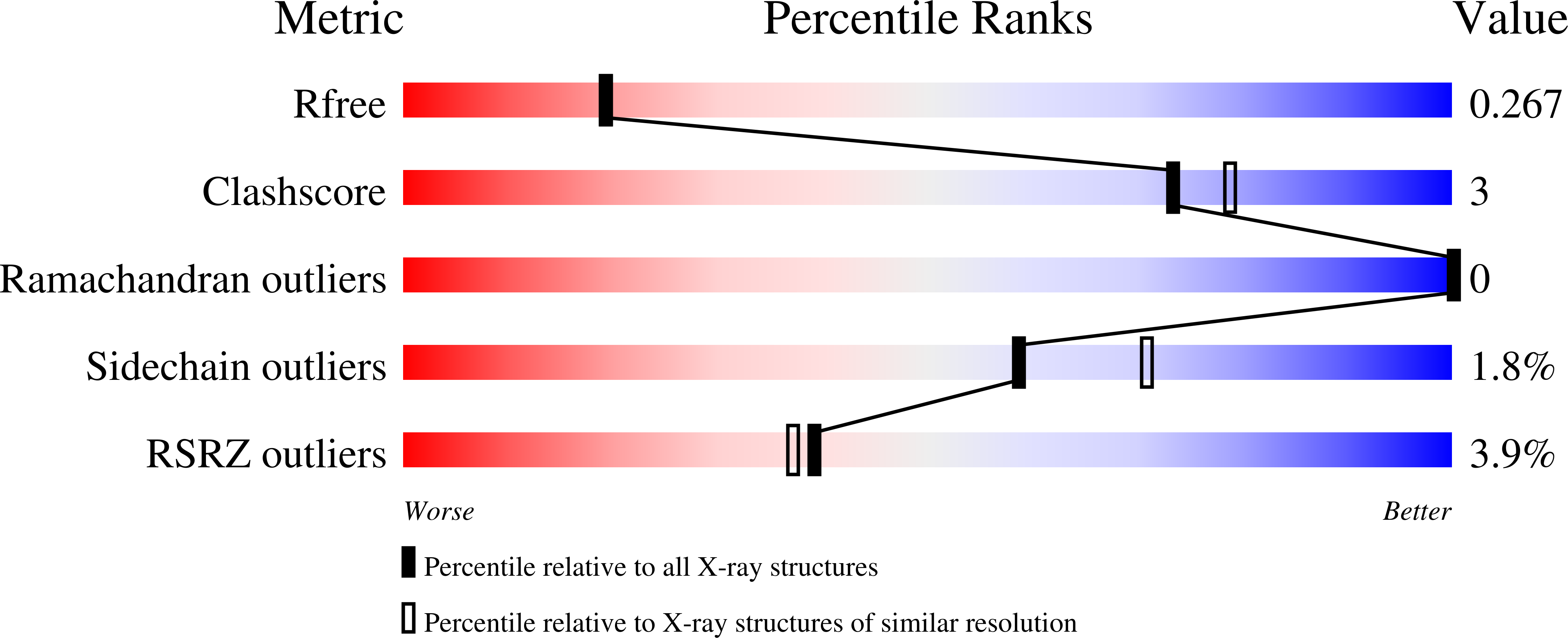
Deposition Date
2020-09-04
Release Date
2021-01-13
Last Version Date
2024-05-01
Entry Detail
PDB ID:
7AAD
Keywords:
Title:
Crystal structure of the catalytic domain of human PARP1 in complex with olaparib
Biological Source:
Source Organism:
Homo sapiens (Taxon ID: 9606)
Host Organism:
Method Details:
Experimental Method:
Resolution:
2.21 Å
R-Value Free:
0.25
R-Value Work:
0.22
R-Value Observed:
0.22
Space Group:
P 21 21 21


